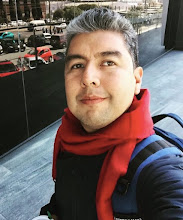Author: Dr. Richard K. Ahrenkiel is a Research Professor of Metallurgical and Materials Engineering at the Colorado School of Mines in Golden, Colorado.
Abstract
Rapid, accurate and contactless measurement of the recombination lifetime is a very important activity in photovoltaics. The excess carrier lifetime (Δn(t)) is the most critical and variable parameter in the development of photovoltaic materials. Device performance can be accurately predicted from the lifetime measurement of the starting material. However, there is no single measurement that directly measures the bulk lifetime as all measurements are based on a device model.
A primary issue is that the lifetime is a function of excess carrier lifetime, and measurements must be linked to an injection level. The most common measurements are based on either photoconductive (PCD) or photoluminescence (TRPL) decay. PC decay senses the product of excess carrier concentration (Δn) and mobility (μ (Δn)). This mobility variation must be included in order to extract the true excess carrier lifetime. TRPL works best for direct band gap materials and therefore is not applicable to silicon. For polycrystalline materials, shallow traps distort the measurement and must be included in the analysis of the data. Finally, surface and interface recombination have a profound influence on most measurements and must be minimized for accurate measurement of the true bulk lifetime.
Both techniques and analysis methods will be discussed in this seminar. Typical sample measurements will be shown, including representative thin film and wafer materials that are currently popular in the photovoltaic community.
Richard Keith Ahrenkiel (2013), "Analysis of Techniques for Measuring Carrier Recombination Lifetime," https://nanohub.org/resources/19884

